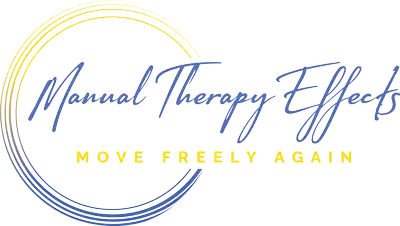We’ve all watched the Olympics on TV and I’m sure many of us saw a good number of those world class athletes with some elaborate tape job on their body. So, what’s the deal?
For those in the PT field or in athletic training rooms, we know this tape as “kinesiology tape.” I have used this tape on myself for many issues I have developed over the years. I have also used it on clients if it was deemed appropriate for the client and the condition. What is it and what does it do?
Kinesiology tape is a non compressive, non restrictive taping method used by physical therapists and athletic trainers to compliment ongoing treatment of an injury. Depending on the goal of its use on the body, it can be used to modify muscle tone or movement, provide feedback to the brain from the body, and /or improve blood/lymphatic flow while decreasing pain in order to facilitate healing. It acts as a sort of second skin layer. The elastic properties of the tape and its application provide the “magic.”
There are also several brands of kinesiology tape out on the market. They all have similar characteristics of the original kinesiology tape, but not all tapes are created equal. I have tried many of the tapes out on the market. The elastic properties are similar (but the weaves are different), the adhesives used are different, the quality of the materials are different and subsequently, their effectiveness will be different. I tend to gravitate towards the higher end original tape. The feel, the elasticity, the materials and adhesives are well made and not overly done. It truly feels like second skin. For my clients with possible adhesive allergies or sensitive skin, I would only use the original. I would be weary that the adhesives of the other brands would be a little too aggressive in terms of “stickiness.”
As far as what the evidence says: recent studies have shown that the use of kinesiology taping methods used in conjunction with manual therapy techniques (the very same techniques we use for our clients) are beneficial in reducing pain and returning clients to their activities sooner than exercise alone. There are a number of studies that have shown the benefits of manual therapy techniques and exercise over exercise alone. However, as with many things, there are limitations to these studies such as the limited number of subjects utilized and the intertester consistency (the PT). These studies at least provide a basis for adding “tools to the toolbox” when it comes to treating a client/patient effectively. There is no “cook book” recipe for how to treat any one person. Each person will respond in their own way to treatment. It is up to the PT to determine whether one tool or method is better than another to yield the desired results. Be aware that not everyone is necessarily a candidate for kinesiology tape.
We have utilized an array of hands on techniques to help our clients. We also have used kinesiology taping, athletic taping and lesser known to consumers, McConnell Taping techniques to assist not only us as PTs but to help clients return to activity. Anecdotally, a good number of clients respond well to kinesiology taping. Technique and knowledge of the body, as with most things, is key in determining its effectiveness. I personally have used the tape on myself for a few minor soft tissue “injuries”. Whether it was placebo, or physiological or both, the tape did the trick to allow me to continue training/racing.
